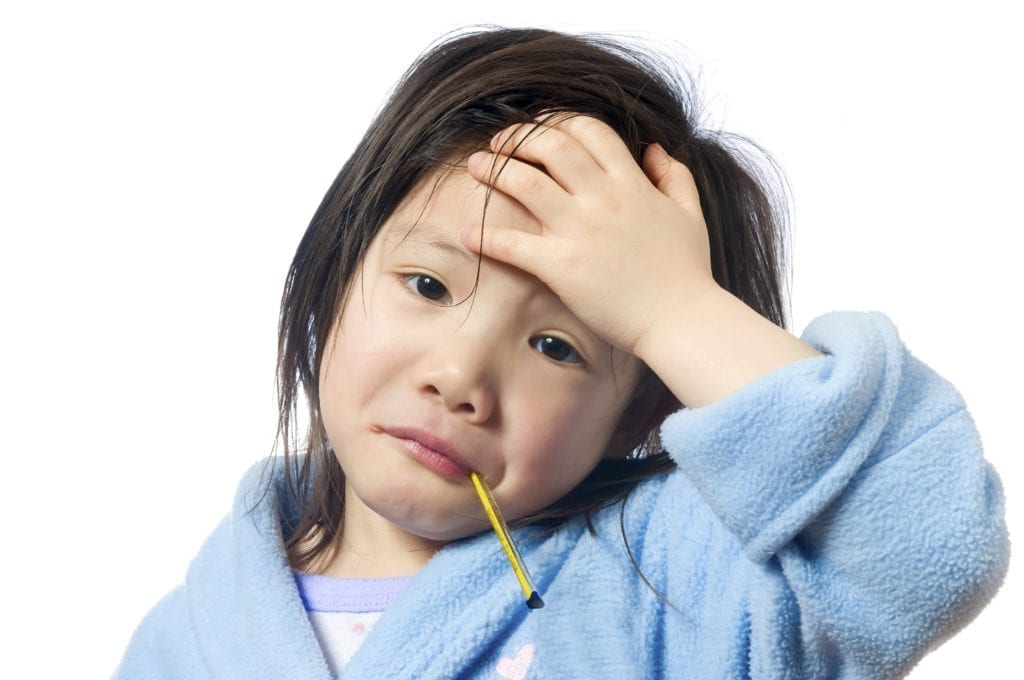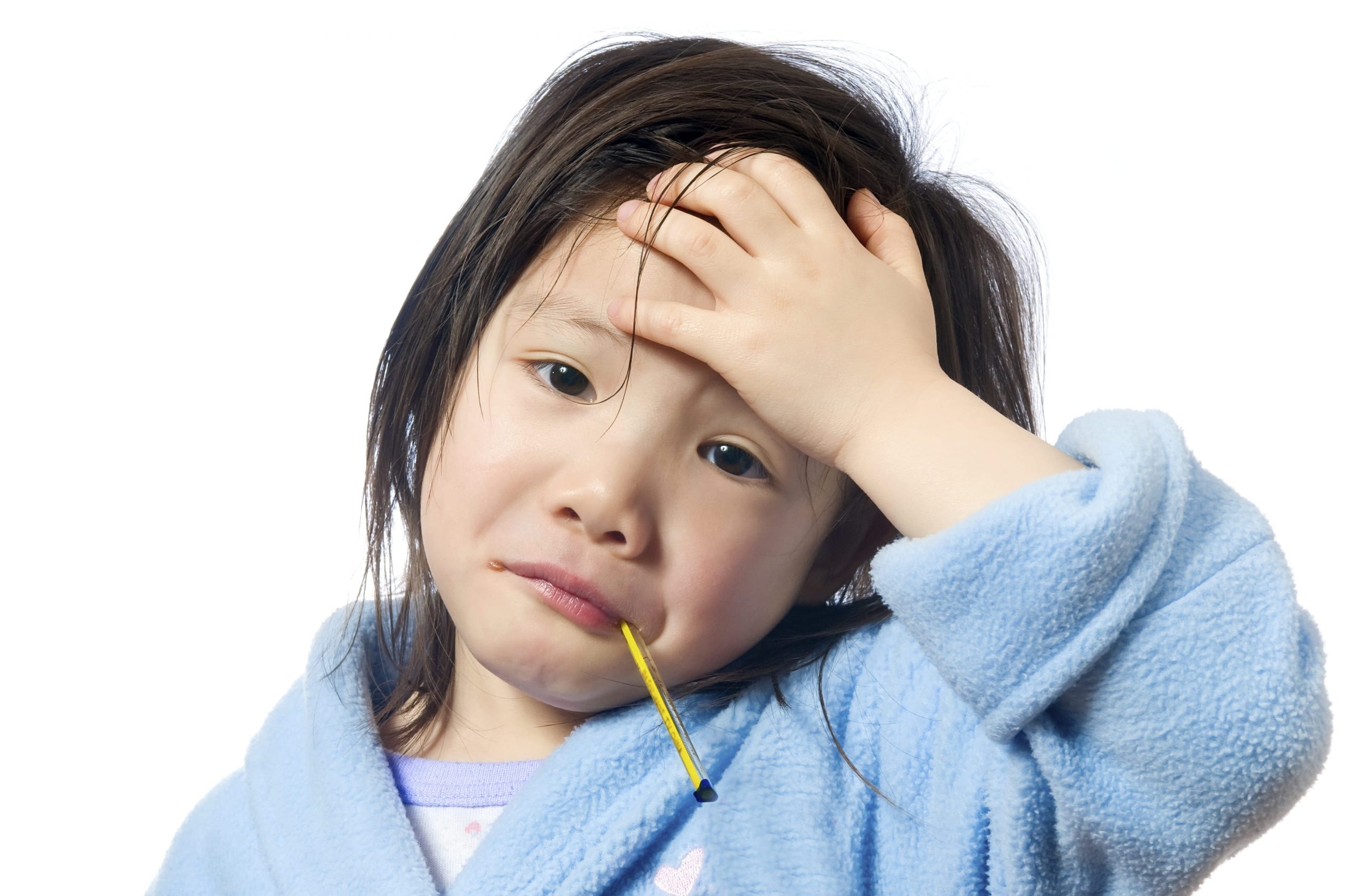
Some sick children need to visit a paediatrician and others do not. It’s a good idea to call ahead. There’s nothing worse than making an unnecessary trip. Further, the child may have a contagious illness. In that case, the doctor does not want the child in the office. Here are some tips on what to do for a sick child.
Pediatric Care
Children should have a paediatrician they visit regularly for check-ups. Paediatricians are doctors that specialize in treating sick children. The needs of infants and children are often different from those of adults. Unfortunately, there are those who don’t have a paediatrician. If this is the case, take the child to urgent care or visit lifesaversfoundation.org to have your child evaluated and checked for free. This organization aims to serve free medical services through its clinics for children.
Many urgent care centres have a staff paediatrician. Further, the centre is convenient when the paediatrician’s office is closed. Mom may come home and the child has a temperature. Urgent care centres are open until later in the evening. They quickly diagnose things like strep throat, broken bones and ear infections. Find out more by visiting OurUrgentCare.com now.
The Common Cold
The common cold is the most common illness in the U.S. Colds are blamed for about 22 million school absences a year. Children in daycare have up to ten colds in a year. That’s because young children don’t know how to avoid sharing germs.
Parents must treat the symptoms of a cold. A child may have a stuffy nose, fever and sore throat. The Food and Drug Administration suggests parents avoid cold medicine. There’s not enough information on how these medicines affect children. Tylenol should be used to lower fever for children older than three months. Children older than six months may use ibuprofen.
Never Starve A Cold
Don’t listen to the old saying, “starve a cold, feed a fever.” Children with colds and other illnesses need a nutritious diet. The child may not have a strong appetite so let them eat their favorite food. For instance, there’s nothing wrong with pancakes at night. Hopefully, the child will eat some of it.
Sick children need plenty of fluids. Therefore, foods with high water content should be on the menu. It’s good to offer fruits and chicken soup. Frozen pops can help tame a sore throat. Call the doctor if the child refuses to eat for 24 hours.
Barking Cough
A barking cough may indicate the child has the croup. Croup is a common viral infection. Take the child into the bathroom and turn on hot water to make steam. The steam helps them breathe better and cough less. A cool-mist humidifier may also be helpful. Call the doctor if the child continues to have difficulty breathing. Some kids need special breathing treatments with steroids.
Mouth Ulcers
Mouth ulcers can be very painful. Additionally, ulcers along with blisters on the hand and feet are symptoms of Hand, Foot and Mouth disease. This condition is caused by a virus and children don’t usually need to visit the doctor. Mix the recommended doses of Benadryl and Maalox and use the liquid to coat the ulcers. Give the child plenty of fluids but avoid orange juice and other drinks with acid.
Measles
Measles is a very contagious respiratory illness. Cases were rare in the U.S. for years. However, the anti-vaccine movement contributed to the reappearance of the condition. The measles vaccine is given in two parts. The first vaccine is given at 12-17 months old and the other between ages 4-6.
Nine out of ten persons who are around someone with measles will catch the disease. A hacking cough is usually the first symptom followed by a high fever. A rash starts 3-5 days after the symptoms first appear. Children may have a temperature as high as 104 degrees. The paediatrician will want to see the child but usually after-hours when no one else is around.
Chickenpox
Chickenpox is another contagious condition. Patients develop a rash consisting of tiny, red bumps. Other symptoms include a high fever, headache and loss of appetite. The rash has three phases: red bumps, fluid-filled blisters and scabs. Call the paediatrician and get some advice. However, they may not want the child to come in. The rash is very uncomfortable so parents should apply calamine lotion and/or give oatmeal baths. It’s recommended that toddlers wear gloves so they don’t scratch themselves.
Pinkeye
Pinkeye is a contagious infection which is common in children. However, adults can also get pinkeye. Call the paediatrician and alert them of the symptoms. They may prescribe antibacterial drops. Otherwise, place a warm compress on the eye.
Asthma
Wheezing and difficulty breathing are signs of asthma. Asthma is common in children and adults. Experts think a combination of factors, including genetics, causes a child to develop asthma. Children may have a lung function test to diagnose asthma definitively. Inhalers are given for quick relief and another medicine is available for long-term relief.
Diarrhea
Diarrhea is a symptom of many childhood diseases. Therefore, parents need to know how to treat it. Further, diarrhea can be caused by infections. The paediatrician may take a stool sample to determine what is causing the problem. Most diarrhea goes away in a day or two. Diarrhea can cause dehydration so use drinks like Pedialyte.
Head Lice
Most people have heard of head lice. However, they don’t know what it is unless they see it. Head lice are parasites that live in the hair and bite children. The condition is not dangerous but causes children to be irritated. Lice are contagious and spread from one child to another. Treatment usually involves a special shampoo and conditioner. Many parents prefer to remove lice by hand. They wet the child’s hair and apply conditioner. This treatment takes about three weeks to get results.
Cradle Cap
Cradle cap is a common condition with infants. It’s a form of seborrheic dermatitis. The baby has flaked on the scalp and sometimes in the eyebrows. The paediatrician recommends washing the baby’s hair daily with a mild shampoo. Later, use a tiny comb to rake the flakes out. A baby will likely outgrow the condition.
Parents have a tough job. They must know what to do if their child is ill. Look online for advice about the child’s symptoms. In most cases, it’s key to treat the symptoms and keep the child comfortable. Further, call the paediatrician if necessary.
